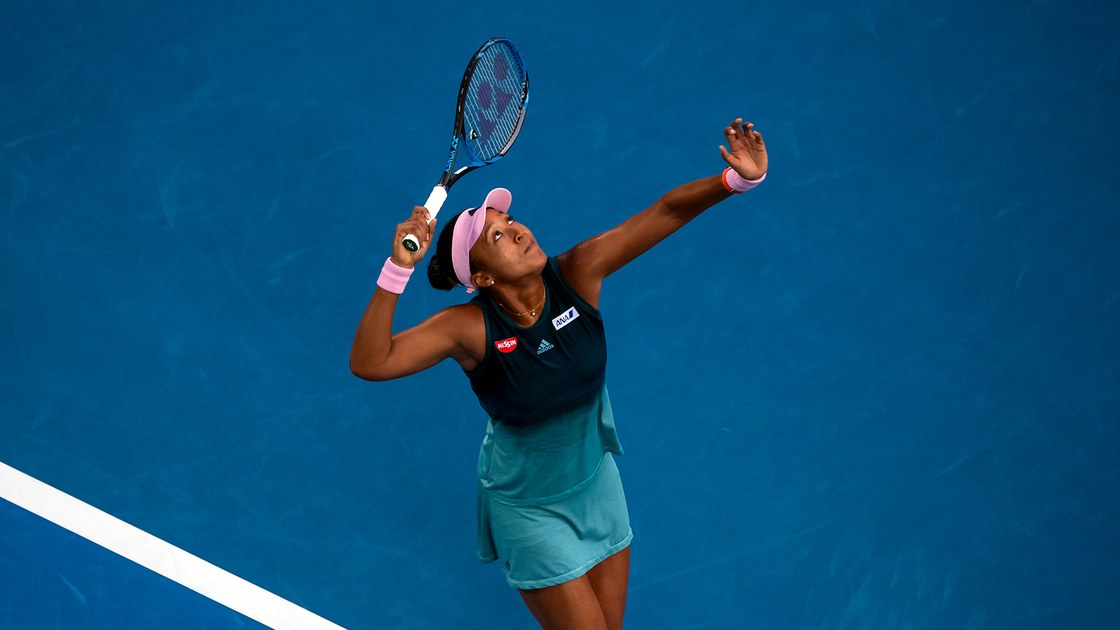Welcome to Tennis Elbow, the column that looks back on the week that was in the world of tennis. This week, Charles Blouin-Gascon recaps the 2019 Australian Open on the women’s side.
The key isn’t whether the future is here, but whether it’s here to stay.
Over the past decade or so, in women’s and men’s tennis alike to be honest, we’ve had honest to good long looks at the incoming future of the sport.
But for the past 20 or so years, for every run that an Alexander Zverev made to grab a Masters 1000 title, or a key match or there, in the end the usual suspects, the Roger Federers and Rafael Nadals of this world, were standing triumphant in men’s tennis.
On the WTA side, the situation was even more extreme as we’ve had quite a number of players winning Grand Slams, hell even making it to World No. 1, but throughout the shadow of Serena Williams always, always loomed large. In this latter case, it sure seemed like proof for this old cliché: that making it to the top is one thing, but staying there is quite another.
And yet, maybe things are ready to change. Because from our vantage point, it sure seemed like we’ve witnessed the arrival of women’s tennis’s new head honcho, newly-crowned No. 1-ranked player in the world and winner of the two most recent Grand Slam tournaments in the world, Japan’s Naomi Osaka.
The 21-year-old emerged victorious from the 2019 Australian Open over the weekend, beating Petra Kvitova in a hard-fought final that lived up to the hype by the score of 7-6(2), 5-7 and 6-4.
.@Naomi_Osaka_ is the Australian Open 2019 champion ?
She def. Petra Kvitova 7-6(2) 5-7 6-4.#AusOpen pic.twitter.com/XU0Of8Unzi
— #AusOpen (@AustralianOpen) January 26, 2019
While we weren’t really anticipating it at the start of the event, this Australian Open final was one with extremely high stakes, as the winner would be crowned World No. 1 and in the process end Simona Halep’s 48-week reign at the top of the rankings. After the win, Osaka showcased her typical deadpan humour. “Erm, hello. Sorry, public speaking isn’t my strong point so I hope I can get through this,” Osaka said after the win. “I read notes before this but I still forgot what I was meant to say. Thank you everyone, I am really honoured to have played in this final.”
And today, not for the first time at all, women’s tennis does appear to have a post-Serena Williams future. The difference, this time in 2019, is that Osaka does strike us as wired differently: lest we forget, she’s only managed this top ranking after having won two Grand Slam titles, including one against Williams herself, and apparently it goes that in tennis winning majors is what it’s about.
It’s an easy answer, maybe too easy even, but there’s something to it. There’s also context, namely that Williams is now 37 years old, gave birth to a child about 16 months ago and turned pro way back in 1995. If ever there’s a time where Serena could be as vulnerable as ever, this 2019 season is probably it.
And Osaka, whose star turn started not even 12 months ago with a triumph in Indian Wells, appears poised to take full advantage.
Maybe it’s not prudent to extrapolate from one match or one Grand Slam title—but what about from two? Because over her current 14-match winning streak at Grand Slams, the Japanese has showcased every element in the book over two weeks in Australia, including the poise to escape four three-set matches before winning the title as well as losing three match points, and 23 of 27 points overall, in this very final against Kvitova.
Osaka has the poise and also has the game worthy of the top players, the booming serve, the heavy forehand as well as the nimbleness to turn defence into attack.
In short, Osaka has it all. Including the two Grand Slam titles and, now, the No. 1 ranking.
And now women’s tennis has a new champion who’s here to stay.
Follow Charles Blouin-Gascon on Twitter @RealCBG















